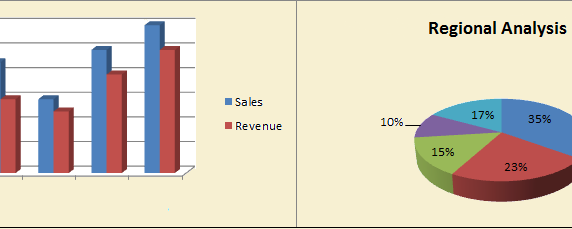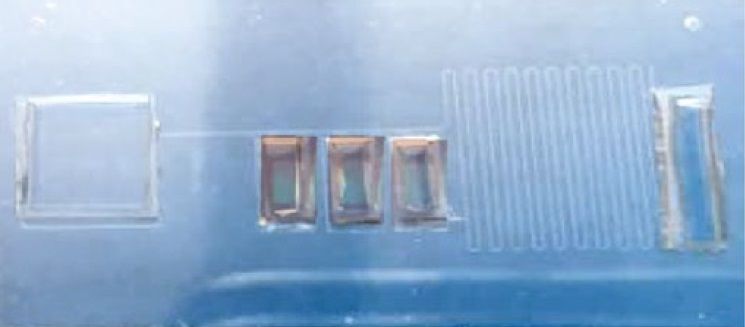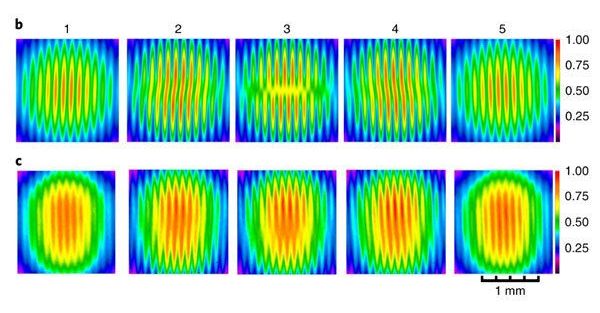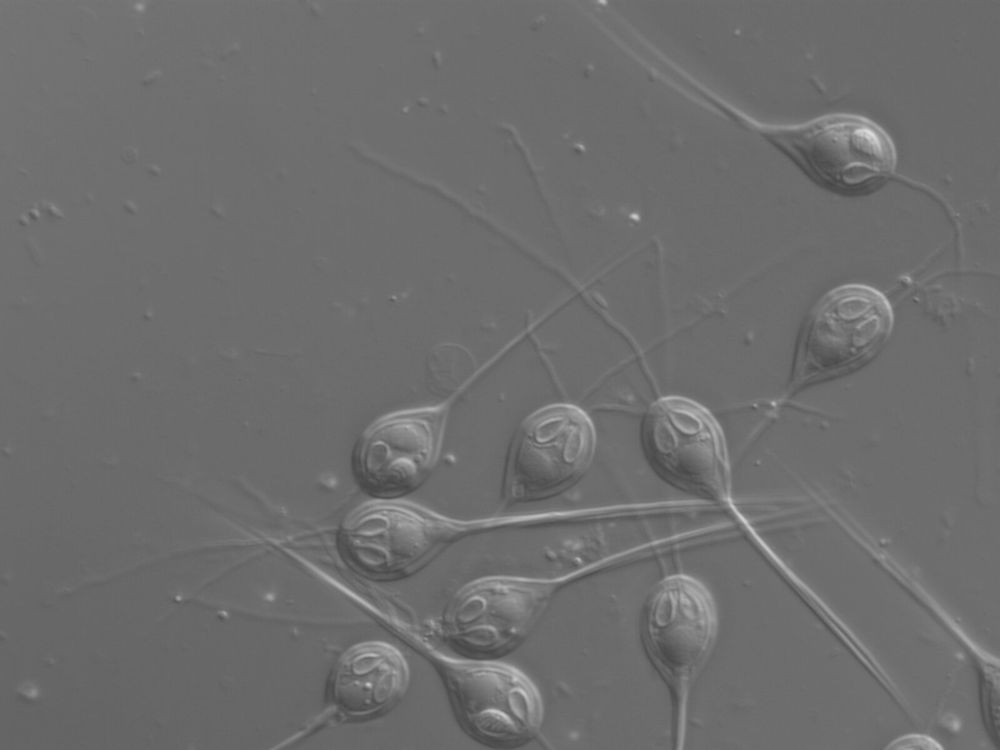An international team of researchers has found a multicellular animal with no mitochondrial DNA, making it the only known animal to exist without the need to breathe oxygen. In their paper published in Proceedings of the National Academy of Sciences, the group describes their study of Henneguya salminicola, a microscopic, parasitic member of the group Myxozoa and its unique physiology.
One of the common characteristics of all multicellular animals on Earth is mitochondrial respiration—the process by which oxygen is used to generate adenosine triphosphate—the fuel used to power cellular processes. The process takes place in mitochondria, which has both its own genome and the main genome found in the rest of the body’s cells. But now, there is a known exception: Henneguya salminicola.
H. salminicola is a microscopic parasite that infects salmon. When the host dies, spores are released that are consumed by worms, which can also serve as hosts for the parasite. When salmon eat the worms, they become infected as the parasite moves into their muscles. They can be seen by fishermen as white, oozing bubbles, which is why salmon with H. salminicola infections are sometimes said to have tapioca disease.







